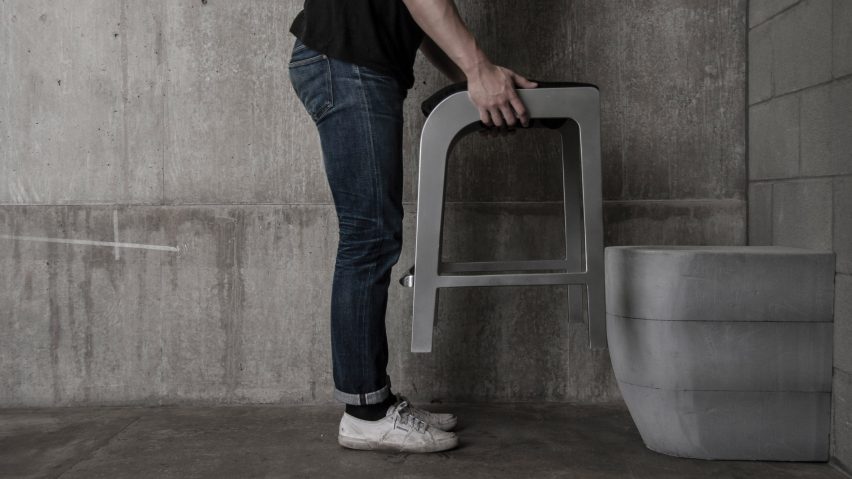
Central Saint Martins students design prison cell furniture
The Cell Furniture project sees product design students at London's Central Saint Martins create flexible furniture for prisons, which will be made by the inmates.
The third-year students at the London university worked with Her Majesty's Prison and Probation Service (HMPPS) to both design new pieces for UK prisons and improve existing cell furniture.
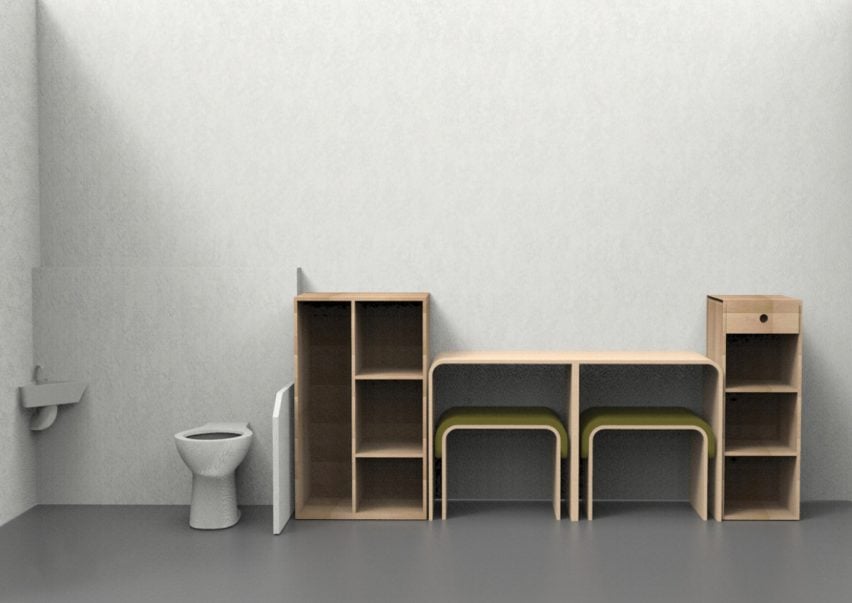
The first prototypes of the 18-month design research project are on display in a life-size recreation of a prison cell at the Central Saint Martins degree show from 19 to 23 June.
In total sixteen students produced designs that aim to make life more manageable for prisoners.
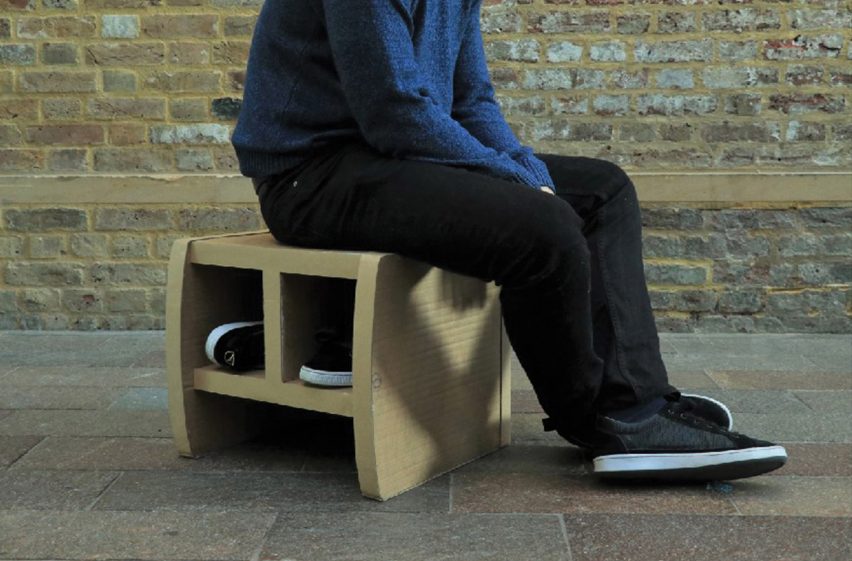
These include Sloot, a piece of furniture that acts as a toilet bowl cover and a leisure chair, and Moti by Qing Zeng – a multifunctional corrugated cardboard rocking chair that can be used as a low desk and storage unit.
Ines Attieh created the colourful 3 in Cube, which functions as a gym, storage unit and seat, while Asli Kaygusuz made a modular furniture set from birch wood ply.
Other students produced ergonomic, flame-retardant support cushions, a cylindrical exercise chair and various space-saving storage possibilities.
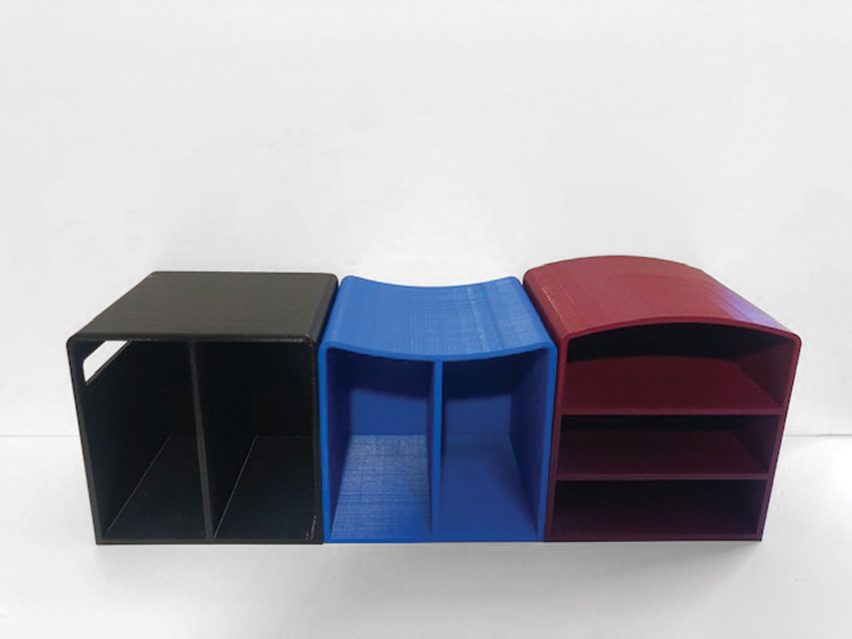
The intention is that the finalised designs will be manufactured in prison workshops by inmates, offering them the opportunity to develop vocational skills.
Building skills for employment is a specific remit of Prison Industries – the unit within HMPPS that provides goods and services to UK prisons – and is proven to improve job prospects on release and reduce the risk of re-offending.
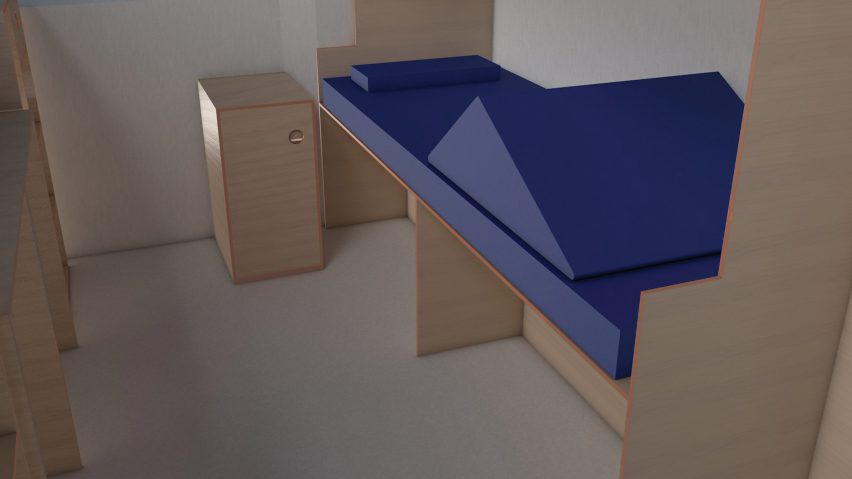
The Cell Furniture project has been developed with the Design Against Crime Research Centre, a research centre at Central Saint Martins, led by Lorraine Gamman.
"The project aims to generate a new range of cell furniture that is not only robust and sustainable, but also helps to create a decent environment for prisoners and prison staff," said Gamman.
"The expo pushes boundaries about what is possible within the spatial confines of a cell, whilst making a significant social contribution to prisoners' wellbeing, as well as broader aims about sustainability and cost effectiveness," she continued.
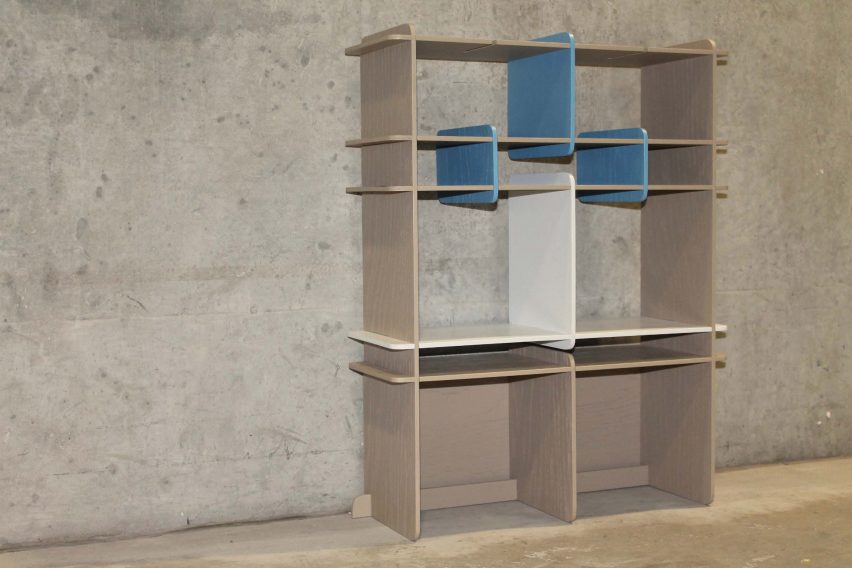
Cell furniture must conform to a strict set of parameters, taking into account the confined living conditions within prisons, and the potential for self-harm.
Students worked with prisoners and prison staff at HMP Pentonville to understand the complex needs of the prison population and ensure that designs were suitable for the environment.
"From the outset we were clear that the best sustainable design solutions would come from a collaborative approach and that this 'co-design' work must fully engage prisoners," said Jason Swettenham, head of Prison Industries at HMPPS.
"After all they would be expected to live with it, as well as prison officers, prison governors and the manufacturing team."
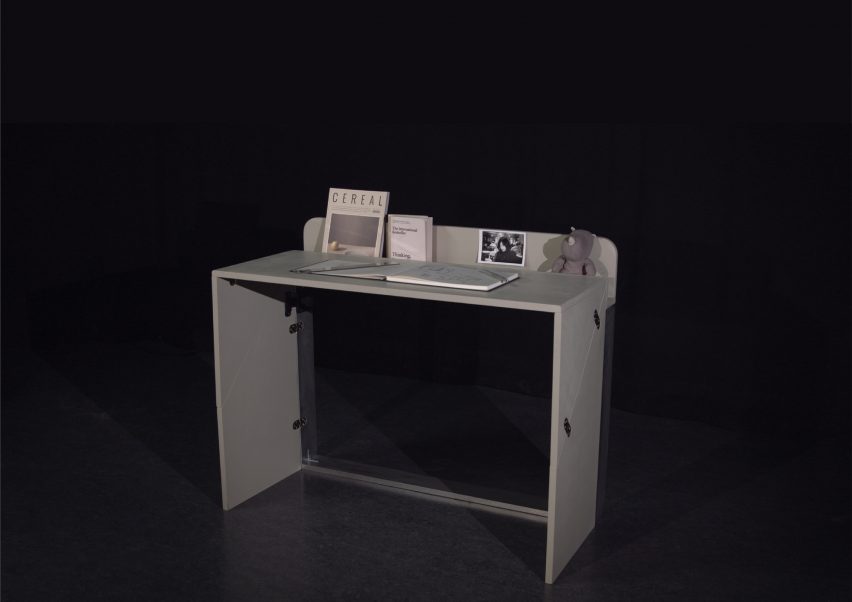
The students compiled a list of ways that prisoners use or hack the furniture currently provided in their cells, for example by pushing cupboards together to create a flat surface to play games, or flipping cabinets on their side to make more horizontal storage space.
These findings were used to inform their designs. As well as addressing usability, the designers looked at the overall experience of life in a confined space.
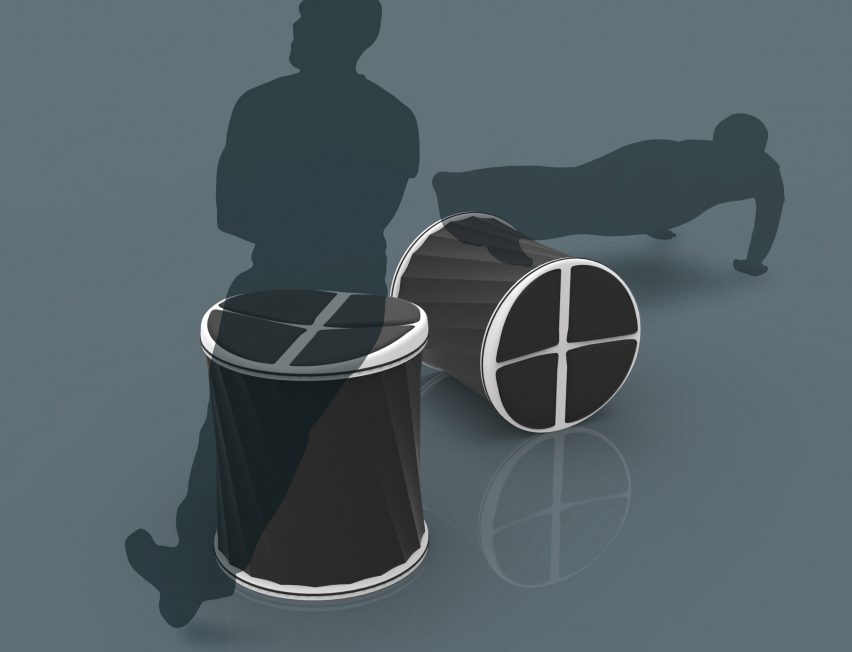
Prisoners were using makeshift coverings for cell toilets, and reducing back pain by using pieces of furniture as a leg support.
Some prisoners use toothpaste or milk powder as a makeshift adhesive to attach shelves in order to personalise and organise their cells.
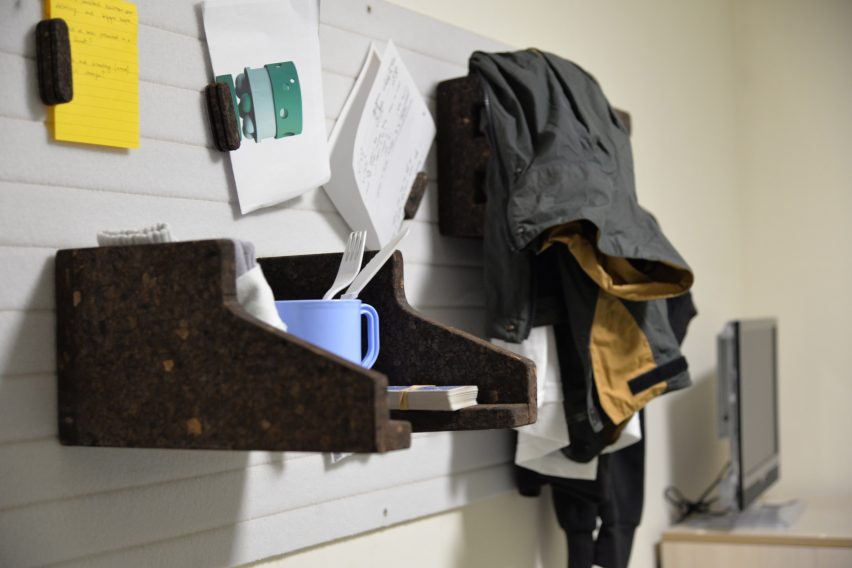
Students conducted their user-centred research on existing prison furniture, using the life-size recreation of a cell that forms the backdrop for the exhibition as a model.
"One of the reasons we made the prison cell as an immersion and empathy experience is because students need constant access to a realistic cell environment, which obviously is not practical in an actual prison," explained Gamman.
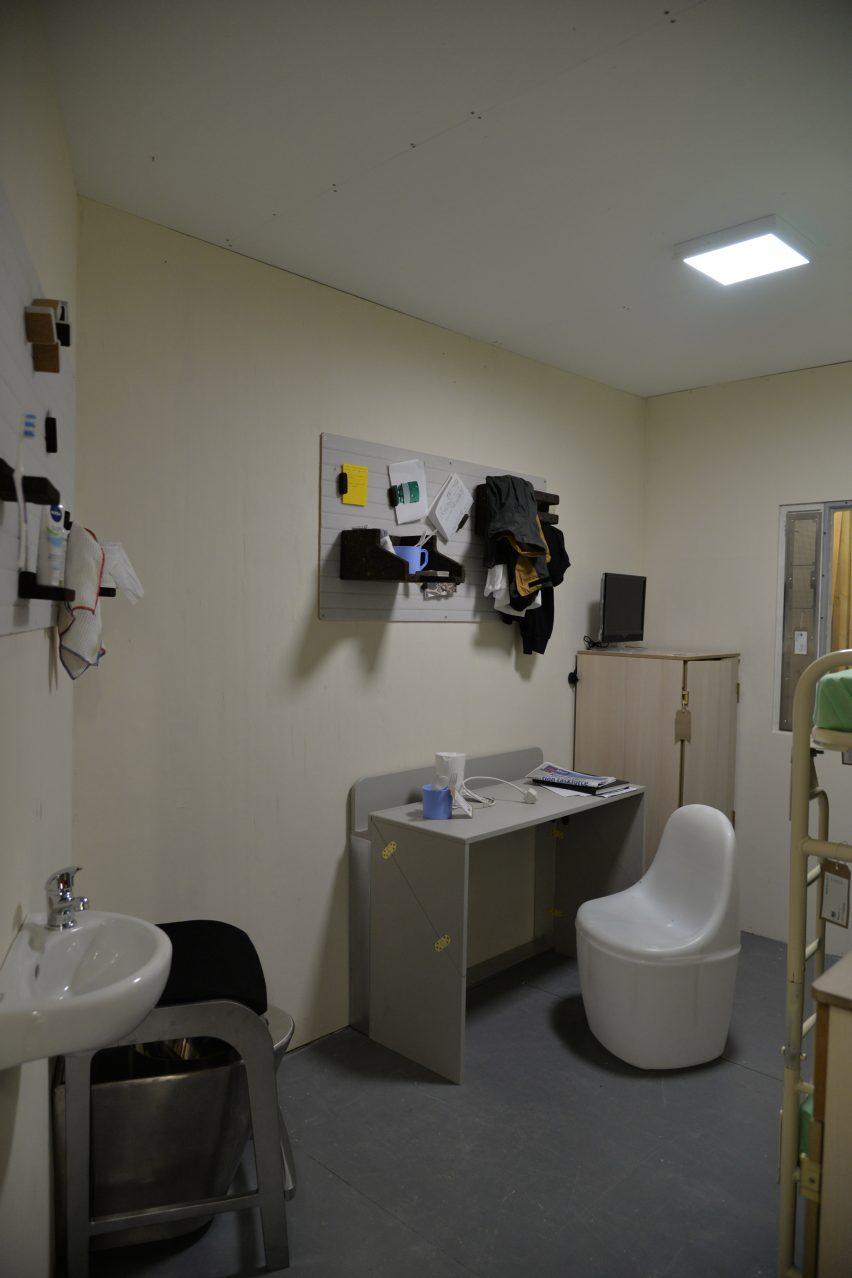
Staff and students spoke to prisoners throughout the design process and read their first-hand accounts of prison life.
"Having access to the replica cell has allowed them to use empathic experience to help understand the information that was revealed through prisoner interviews," said Gamman.
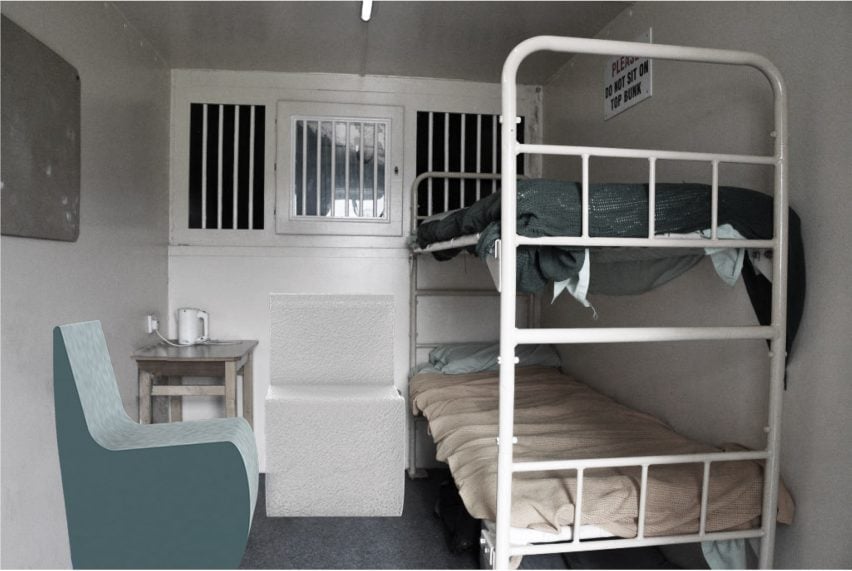
The second stage of the project will be finalised next spring, following a further collaborative design stint with prisoners at HM Prison Standford Hill on the Isle of Sheppey in the east of England.
University of Bergen students have also turned their hands to designing furniture for prisoners. Students worked with Norwegian Correctional Services on designs including a curved mattress to promote relaxation and flexible shelving.